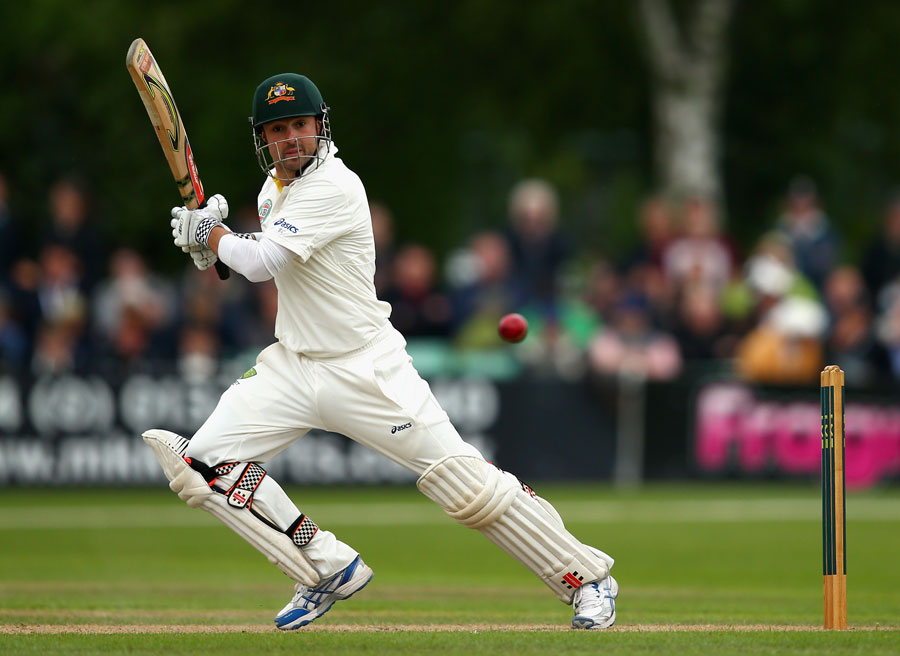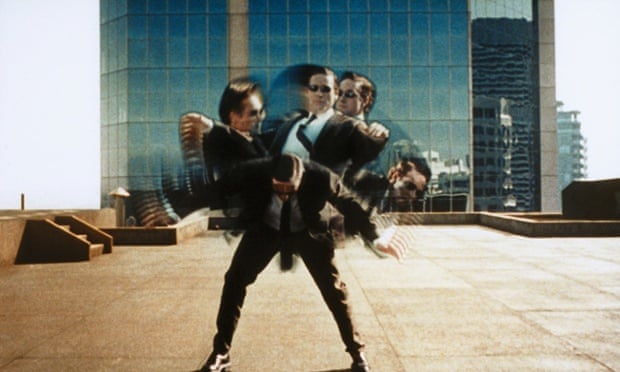Carlos Lozada in
The Independent
Get ready for “The
Wild Oats Project”. And not just the book. Get ready for “The Wild Oats
Project” phenomenon — the debates, the think pieces, the imitators and probably
the movie. Get ready for orgasmic meditation and the Three Rules. Get ready for
“My Clitoris Deals Solely in Truth” T-shirts.
Robin Rinaldi, a
magazine journalist living in San Francisco by
way of Scranton , Pa.
“I refuse to go to
my grave with no children and only four lovers,” she declares. “If I can’t have
one, I must have the other.”
If you’re wondering
why that is the relevant trade-off, stop overthinking this. “The Wild Oats
Project” is the year-long tale of how a self-described “good girl” in her early
40s moves out, posts a personal ad “seeking single men age 35-50 to help me
explore my sexuality,” sleeps with roughly a dozen friends and strangers, and
joins a sex commune, all from Monday to Friday, only to rejoin Scott on
weekends so they can, you know, work on their marriage.
The arrangement is
unorthodox enough to succeed as a story, and in Rinaldi’s telling it unfolds as
a sexual-awakening romp wrapped in a female-empowerment narrative, a sort of
Fifty Shades of Eat, Pray, Love. “I wanted to tell him to f— me hard but I
couldn’t get the words out of my mouth” is a typical Rinaldi dilemma. At the
same time, she constantly searches for “feminine energy” or her “feminine core”
or for a “spiritual practice guided by the feminine.
But more than
empowering or arousing, this story is depressing. Rinaldi just seems lost.
Still sorting through the psychological debris of an abusive childhood, she
latches on to whatever guru or beliefs she encounters, and imagines fulfillment
with each new guy. She still rushes to Scott whenever things gets scary (a car
accident, an angry text message), yet deliberately strains their union beyond
recovery. “At any cost” are the operative words of the subtitle.
Robin and Scott
agree to three rules — “no serious involvements, no unsafe sex, no sleeping
with mutual friends” — that both go on to break. He finds a steady girlfriend,
while Robin violates two rules right away. “In truth, I was sick of protecting
things,” she writes about going condom-free with a colleague at a conference.
“I wanted the joy of being overcome.”
The men and women
she hooks up with — some whose names Rinaldi has changed, others too fleeting
to merit aliases — all blur into a new-age, Bay Area cliche. Everyone is a
healer, or a mystic, or a doctoral student in feminist or Eastern spirituality.
They’re all verging on enlightenment, sensing mutual energy, getting copious
action to the sounds of tribal drums. The project peaks when she moves into
OneTaste, an urban commune where “expert researchers” methodically stroke rows
of bare women for 15 minutes at a time in orgasmic meditation sessions (“OM ” to those in the know). “Everyone here was
passionate,” Rinaldi writes. “Everyone had abandoned convention.”
Rinaldi holds
little back, detailing her body’s reactions along the way. At first she is
upset that she can’t feel pleasure as quickly as other women, but she finally
decides she’s glad that her “surrender didn’t happen easily, that it lay buried
and tethered to the realities of each relationship.” Her clitoris, although
“moody,” was also “an astute barometer. . . . It dealt solely in truth.”
And truth often
comes in tacky dialogue. “Your breasts are amazing,” one of her younger
partners tells her. “You should have seen them in my twenties,” Rinaldi boasts.
His comeback: “You’re cocky. I dig that.” (Fade to dirty talk.) When they do it
again months later, he thanks her in the morning. “Something happens when I’m
with you,” he says. “I feel healed.” I’m sure that’s exactly what he feels.
Rinaldi can’t seem
to decide why she’s doing all this. The project is her “rebellion.” Or “a
search for fresh, viable sperm.” Or a “bargaining chip.” Or “an elaborate
attempt to dismantle the chains of love.” Or just a “quasi-adolescent quest for
god knows what.”
If exasperation
could give you orgasms, this book would leave me a deeply satisfied reader.
One of her oldest
friends calls her out. “How is sleeping with a lot of guys going to make you
feel better about not having kids?” she asks. Rinaldi’s answer: “Sleeping with
a lot of guys is going to make me feel better on my deathbed. I’m going to feel
like I lived, like I didn’t spend my life in a box. If I had kids and grandkids
around my deathbed, I wouldn’t need that. Kids are proof that you’ve lived.”
It’s a bleak and disheartening rationale, as though women’s lives can achieve
meaning only through motherhood or sex.
For all her preoccupation
with feminine energy, Rinaldi seems conflicted over feminism. “I would die a
feminist,” she writes of her collegiate activism, “but I was long overdue for
some fun.” Later, she pictures women’s studies scholars judging her submission
fantasies, and frets over “those Afghan women hidden under their burqas” who
could be “beaten or even killed right now for doing what I was so casually
doing.” But when she finds a sexual connection with a woman who backs away
because of “emotional issues,” Rinaldi channels her inner alpha male: “I was
drawn to her body but shrunk back when she expressed unfettered feeling. . . .
It only took sleeping with one woman to help me understand the behavior of
nearly every man I’d ever known.”
When the year runs
out, Rinaldi returns to Scott, even though she soon starts an affair with a
project flame. She’s no longer so upset about the vasectomy, regarding it as a
sign that Scott can stand up for himself (though it may also mean she now cares
less about him, period). No shock that post-project, their chemistry is off,
and when Rinaldi makes a casual reference to their time apart, Scott finally
explodes. “Do you know how many nights I cried myself to sleep when you moved
out!?” he asks. “Do you care about anyone’s feelings but your own!?” She was
“too stunned to reply.” But the fate of this marriage, revealed in the final
pages, is anything but stunning.
“These are the sins
against my husband,” Rinaldi recounts. “Abdicating responsibility, failing to
empathize with him, cheating and lying.” After blaming him for so long, “in the
end, I was the one who needed to ask forgiveness.”
In a rare moment of
heartbreaking subtlety, the book’s dedication page simply says “For Ruby,” the
name Rinaldi had imagined for a baby girl. Except, “there is no baby,” she
writes at the end. “Instead there is the book you hold in your hands.”
And that is a
frustrating book, with awkward prose, a perplexing protagonist and too many
eye-rolling moments. Yet it is also a book I see launching book-club conversations
and plenty of pillow talk — not just about sex and marriage, but about the
price and possibility of self-reinvention. You don’t have to write a great work
to cause a great stir.
Does Rinaldi
reinvent herself? She survives the aftershocks and even seems to discover some
happiness, however fragile she knows it to be. So maybe she needed this after
all. Or maybe sometimes “empowerment” is just another word for self-absorption.








